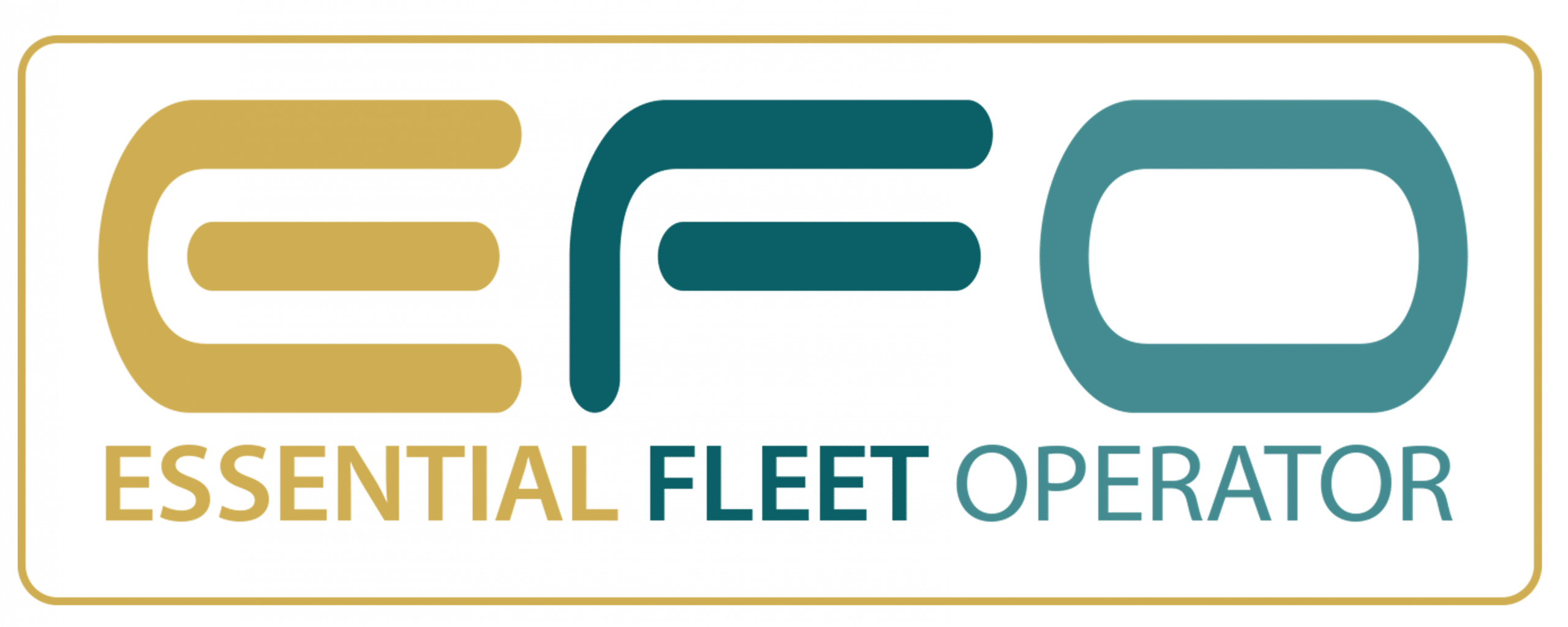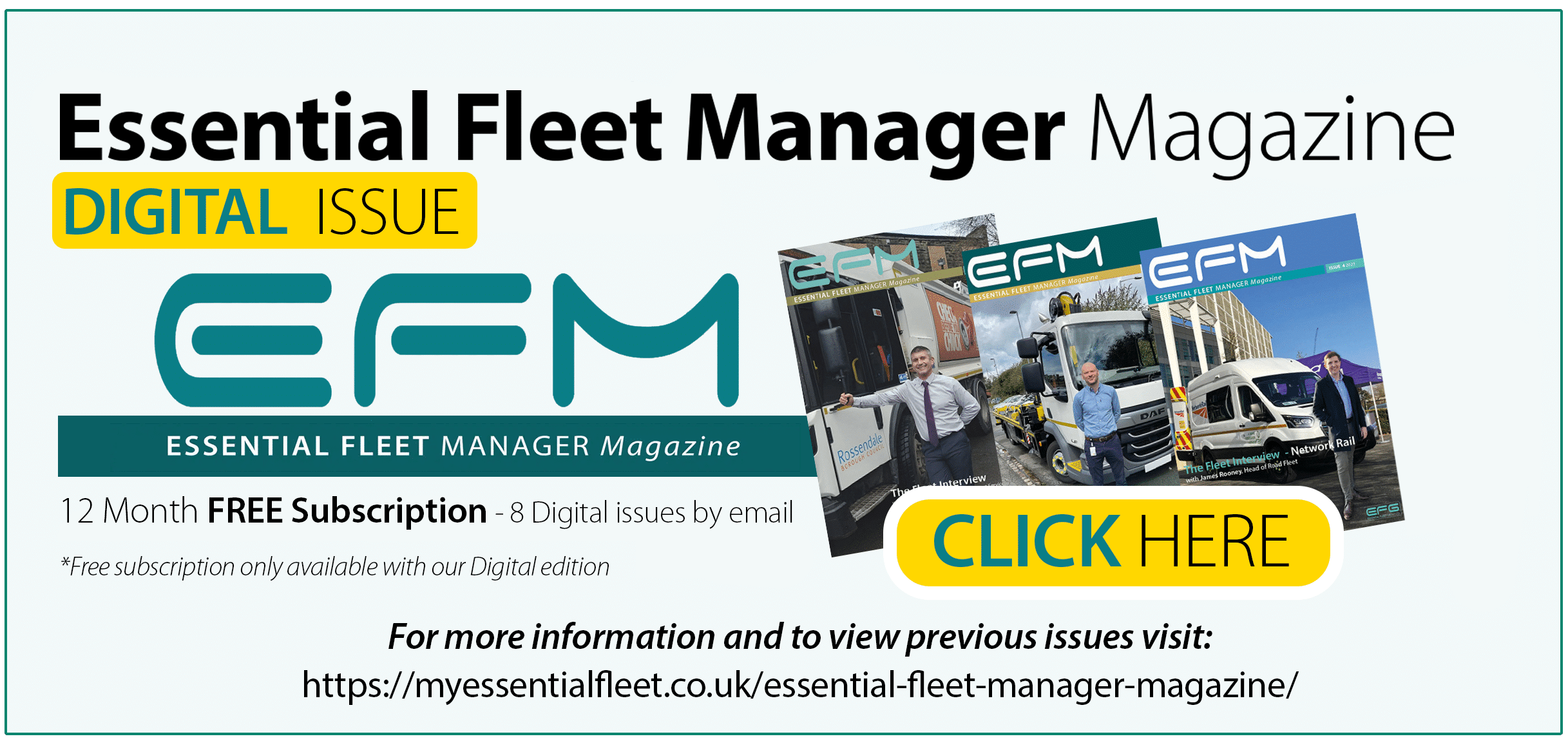Tammy Carter, Head of Category – Fleet, Crown Commercial Service
Amidst much gloom, one positive effect of the coronavirus has been the beneficial impact lockdown and the subsequent reduction in travel has had on emission levels. Indeed, a study conducted in conjunction with the Department for Environment, Food and Rural Affairs found lockdown led to a significant reduction in pollutants, predominantly as a result of less traffic.
With people realising the benefits of improved air quality, there has been an increased interest in sustainable transport solutions, accelerating the change that was likely to happen over the next decade. At Crown Commercial Service, we have seen this reflected in the vehicles purchased via our commercial agreements. During the first half of this financial year, 29% of the vehicles procured have been electric and 10% hybrid – a substantial increase on last year’s figures.
The shift to sustainable solutions is also underpinned by a variety of political initiatives such as the introduction of Clean Air Zones, Benefit in Kind incentives for Ultra Low Emission Vehicles (ULEVs), and the fast-approaching Government Fleet Commitment to electrify 25% of central government fleets by 2022. It’s clear that this is an issue that will remain firmly on the agenda.
Recognising the ever-intensifying focus on sustainability, many public sector organisations are now looking for support to assist them in reducing their fleet’s carbon footprint. To help with this, at CCS we have identified the three steps that organisations looking to shift to sustainability need to take.
Step 1 – know your data
To effectively plan for the future, you need to understand the present. The first step on the sustainability journey is developing a clear understanding of how your fleet is currently being used.
You must understand operational factors – such as journey frequency, mileage and their impact on service and replacement cycles – along with considering driver behaviour. How your drivers drive has a direct impact on emissions, fuel consumption and vehicle damage.
The picture you build up will be vital in developing your strategy for the future – whether that involves transitioning to ULEVs, reducing the size of your fleet, or simply optimising how you use it.
At this stage, it’s also important to factor in vehicle hire and grey fleet usage, understanding their associated costs and carbon footprint. This holistic approach will ensure that all self-drive business travel is considered together, as part of your overall mobility strategy.
Recognising the importance of understanding how your vehicles are used, we provide a Vehicle Telematics: Hardware and Software Solutions agreement within our suite of Total Fleet Solutions. This provides fleet managers with everything they need to support decision making, operational management and inform fleet policy.
Our Vehicle Lease and Fleet Management agreement can also help in understanding how your fleet is used, providing access to independent fleet management companies who can help you maximise the availability and performance of your fleet.
Step 2 – understand demand and scope solutions
The information you’ve gathered should help you to understand your fleet, vehicle rental and grey fleet usage and highlight opportunities to reduce your carbon footprint.
During this step, stakeholder engagement is key. Successful transitions to sustainable solutions typically see early and comprehensive consultation. In addition to engaging with employees, it’s fundamental you consult with your sustainability, finance and property teams, while HR will be an important partner if you’re considering options such as vehicle salary sacrifice schemes.
Keeping all stakeholders engaged and informed from the earliest possible moment is the best route to ensuring their buy-in as you evolve your strategy. Some other key areas for consideration during this period may include:
Vehicle charging infrastructure
If you’re going to order new vehicles – in light of the range and availability of electric vehicles increasing at pace – it’s important to consider your charging infrastructure requirements before placing an order.
While home charging is relatively easy to implement – indeed, our Vehicle Lease, Fleet Management & Flexible Rental agreement offers solutions such as home charging kits – work-based charging can be more challenging.
Can you use public charging infrastructure? Is there a requirement for dedicated work-based charging? If so, there may also be facility management providers and PFI contracts to navigate before work can begin on installing your infrastructure needs.
Navigating this can be extremely complex, which is why we have recently launched our Vehicle Charging Infrastructure Solutions agreement. It’s been designed to help you develop a viable charging infrastructure, offering services including consultancy and feasibility, groundworks, civil engineering and construction, hardware and installation, software and back-office solutions, through to a full end-to-end service.
Payment provision for refuelling
When shifting to sustainable solutions, another key consideration will be how your organisation and employees will pay for refuelling.
For this, our Fuel Cards and Associated Services and National Fuels agreements provide mechanisms to source and pay for alternative fuels of all kinds. The suppliers on these agreements have access to over 7,000 electric charging points and use of seven locations from where hydrogen can be purchased.
Grey fleet
Your first consideration should always be how to reduce the need to travel. However, where there is still a requirement, there are several options available to channel that requirement to ULEVs.
Effectively managing grey fleet usage can dramatically reduce the carbon footprint of your organisation’s business travel as well as reducing the associated occupational road risk. Employees’ vehicles are often older and give off higher emissions. There’s also an added risk to employers, as they have to ensure they are adequately insured and maintained in a roadworthy state.
Providing cost-effective, low-emission alternatives for employees can be positive for both your carbon footprint and your staff. The implementation of green vehicle salary sacrifice schemes and car clubs have been shown to play a large part in reducing emissions and increasing employee satisfaction. The low Benefit in Kind taxation associated with such schemes makes them extremely attractive to employees while, for the employer, they can be run on a cost-neutral basis.
Lot 3 of our Vehicle Lease, Fleet Management & Flexible Rental agreement provides independent fleet management companies who offer salary sacrifice schemes. They can manage the whole process, from implementation to ongoing management. We also have a dedicated Lot on our Vehicle Hire Solutions agreement for car club provision, providing access to suppliers who specialise in this.
Step 3 – make the change
Once you’ve considered the data, understood your demand and scoped out solutions, it’s time to set your strategy and begin to implement changes.
You have the stakeholder engagement plan in place. Your policies and strategies are being reviewed and set. You are putting the measures in place to support the transition to ULEVs. But there is still a challenge ahead: new vehicle models and technologies are being introduced at a rapid pace.
It is important to keep up to date with market changes. While a lot of work may have gone into your shift to sustainable solutions, your effort and focus on this subject must be perpetual; not intermittent.
For this reason, we strongly recommend you remain engaged with your supply chain so you can ensure early sight of their future strategies. CCS are also here to help you in this area. We work closely with organisations such as the Energy Savings Trust, Office for Low Emission Vehicles and the Society of Motor Manufacturers & Traders, as well as our supply chain partners, to gain insight and continually update our category strategies to ensure they are future-proofed.
We share regular content, via our website and Fleet newsletter, to help keep our customers up-to-date. Meanwhile, our category experts are always on hand to help customers navigate their options and add power to their fleet procurements.
Finally, the CCS Fleet Portal is a key tool that can help you identify the latest vehicles available in the market. It provides access to all vehicles available in the UK market and, by using the filtering systems, it’s easy to identify those vehicles that meet your fleet policy criteria. The competitive quoting functionality can also ensure that our customers obtain value for money and are sighted on the whole life costs when comparing different vehicles.
Next steps
Wherever you are on the journey, every step you take moves you closer to reducing the carbon footprint of your fleet operations and road-related business travel. We recognise this is a challenging project for any fleet manager, which is why we’re here to support your sustainability agenda.
If you would like to speak to one of our category experts, contact us today, emailing info@crowncommercial.gov.uk. Furthermore, to sign up for our newsletter, where we share our latest insights and thought-leadership, email this address with the subject line ‘fleet newsletter’.



